It’s hard not to relish the warmer weather when summer comes around. From the chilled drinks and beautiful sunsets to lazy days with friends. Many would consider it the best time of the year, including the bugs! Garden pests are part of the party, so here’s what you need to know about them as well as how to keep them under control to prevent them from being a nuisance.
Sap-sucking Insects
Sap-sucking insects are those who attach themselves to plants and, like parasitic leeches, suck moisture and sap from its victim. These are just some of the more common types.
- Aphids
Aphids feed on plant tissue, sucking the sugary sap from the host plant. While a few aphids can’t do much harm, these can soon multiply exponentially into a plant-wide infestation. Aphids will excrete a sugary deposit called honeydew that ants harvest in a mutually beneficial relationship. Often the first signs of aphid presence is a trail of ants. As the sap is sucked from the plant, it starts to wilt and suffer. Heavy infestations can cause buds to fall off, leaves to be shed, as well as stunt the plant’s growth.
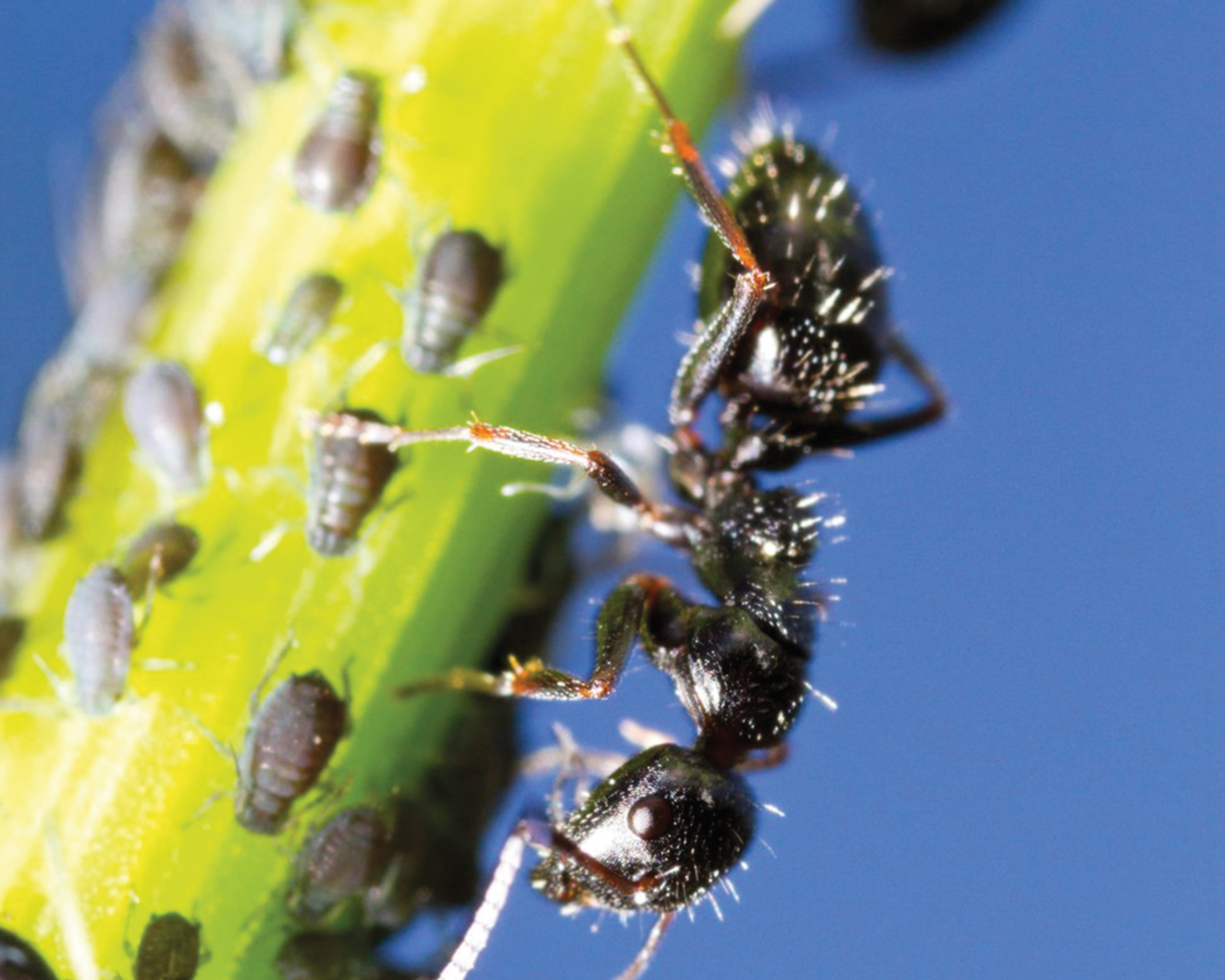
- Psylla
You will soon notice the presence of these insects by the unsightly foliage on your citrus trees. Psylla, like Aphids, are minute in size. They’re light yellow and found on the edges of young leaves and new growth, where they lay eggs. These cause cavities in the leaf tissue and numerous bumps on the upper surfaces leading to malformed fruit and misshapen leaves. Serious infestations can put tremendous stress on a tree.

- Red Spider Mites
These minuscule insects infect roses, veggies and ornamentals. Tell-tale signs of infestation include discolouration of the upper leaf surfaces, fine red lacy appearance on the underside, dull-looking plants and stunted growth. Spider mites are very difficult to spot. If you suspect an infestation, hold a sheet of white paper under the plants foliage and shake forcefully. If tiny specs of dust-like debris falls on your paper, inspect this with a magnifying glass. If the dust starts walking around you have spider mites and should treat it immediately.
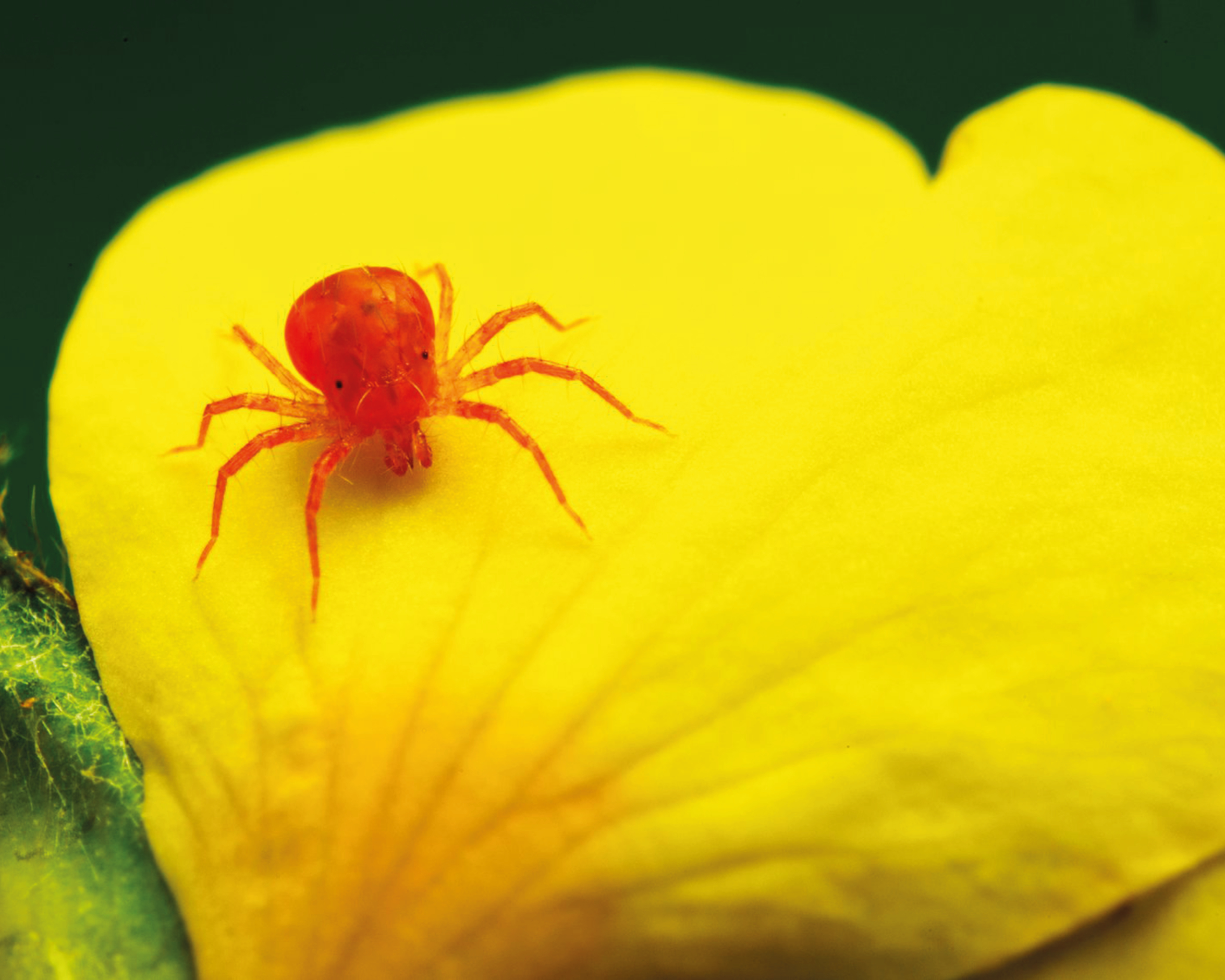
- Scale
These tiny parasitic insects infest many species of trees and shrubs, adhering to the plant and living off the plant’s sap. They look like bumps and areoften mistaken as a disease. The 7 000+ species of scale insects vary greatly in colour, shape and size. Like Aphids, they secrete honeydew that leads to the formation of unsightly black sooty mould.
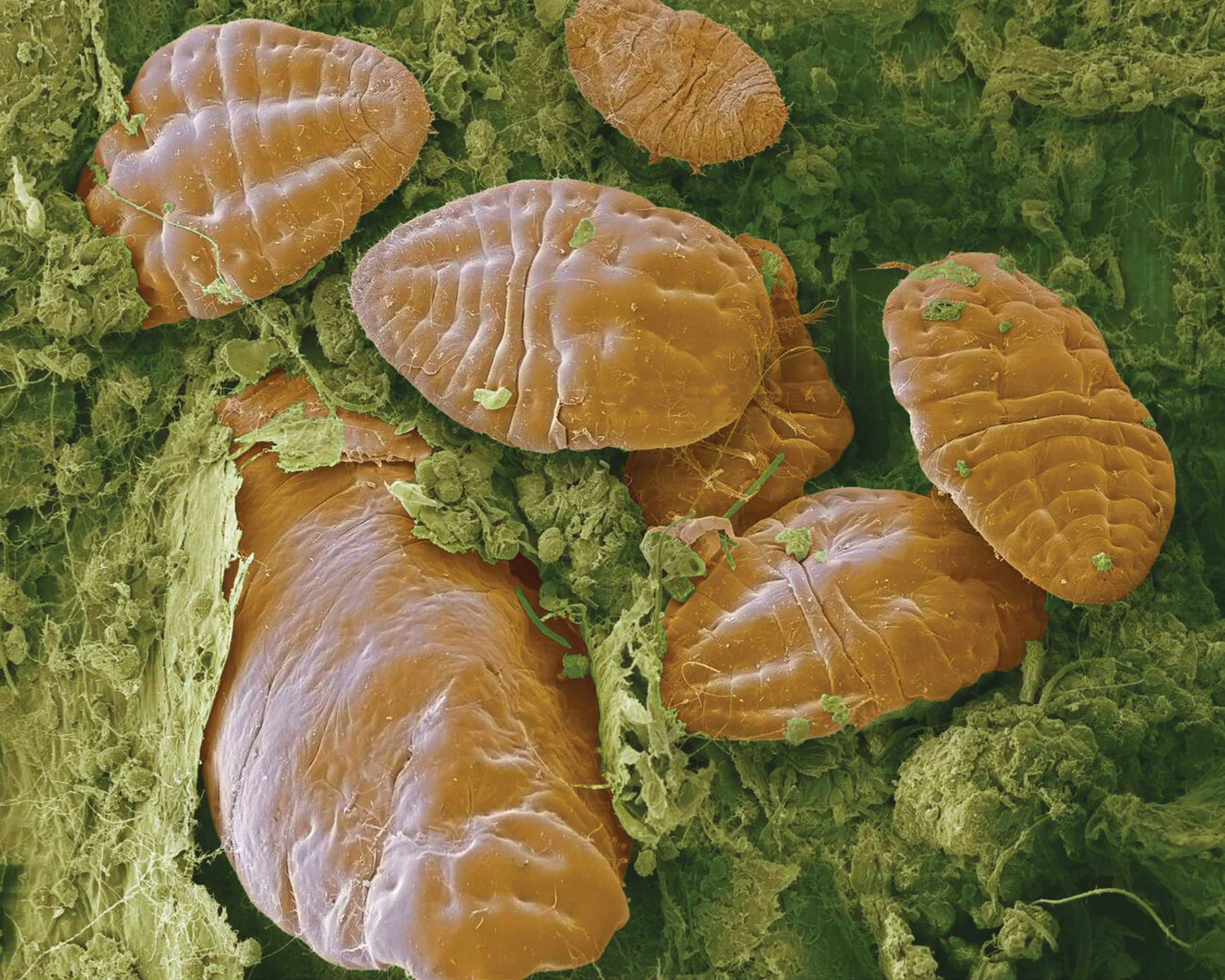
Leaf-eating Pests
These pests can cause huge damage in a short space of time and often cause inflated blood pressure in gardeners on discovering the damage. Common pests include chafers, caterpillars and snails.
- Chafers
If your rose bushes develop holes in the leaves or your rosebuds are being eaten, a chafer is probably to blame. These beetles are active at night and seldom seen. With the loss of foliage, the plant’s ability to photosynthesise is compromised, which slows down plant growth. Beetle infestations are also seen in vegetable gardens, too.
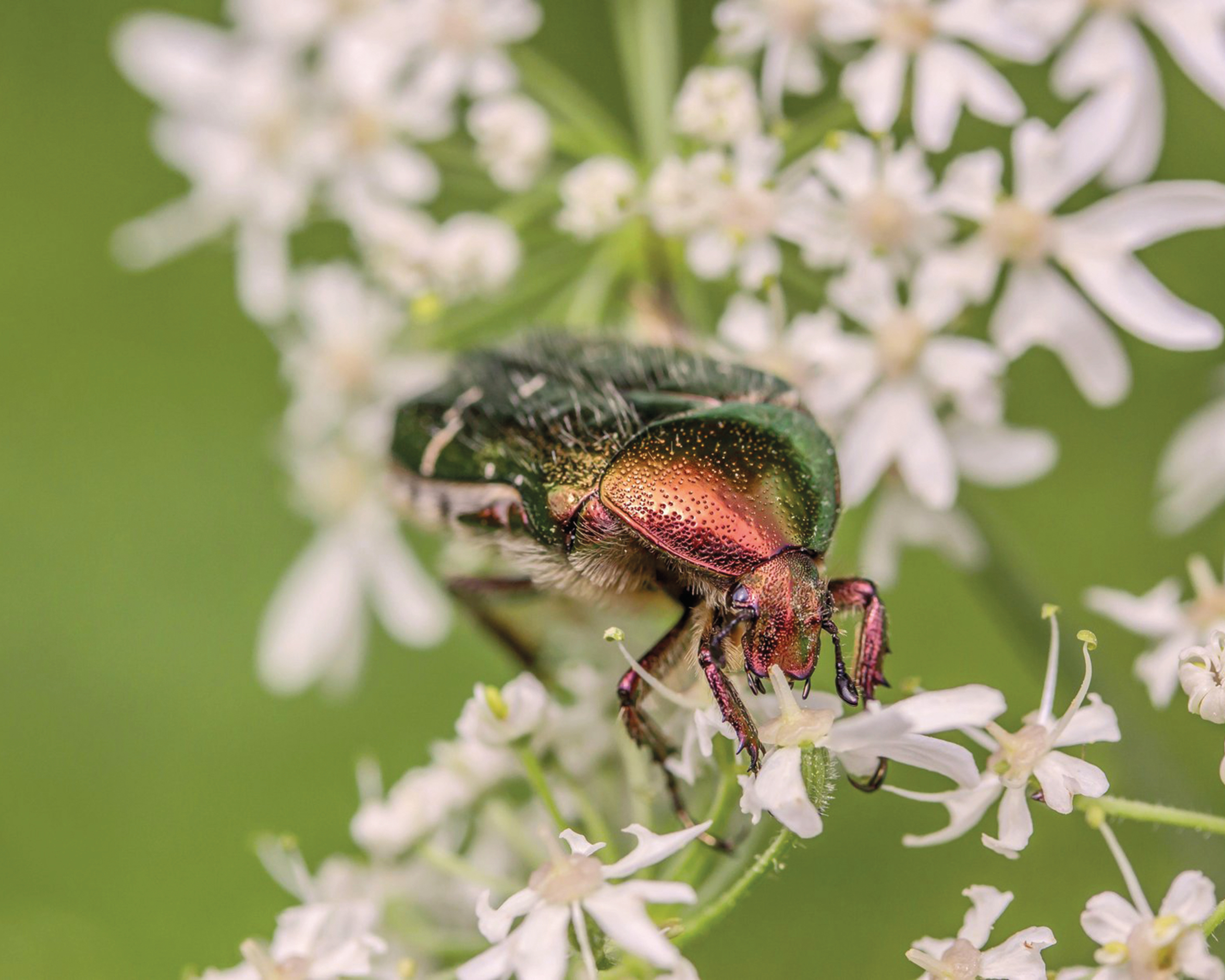
- Lily Borer Caterpillars
These destructive, zebra-striped pests hatch from clusters of tiny eggs laid by a largish white moth. The larvae hatch from the eggs in summer and voraciously start eating leaves and even tunnelling into bulbs leading to plant collapse and death. They are particularly attracted to amaryllis, clivia, agapanthus and all plants in the Lily family.
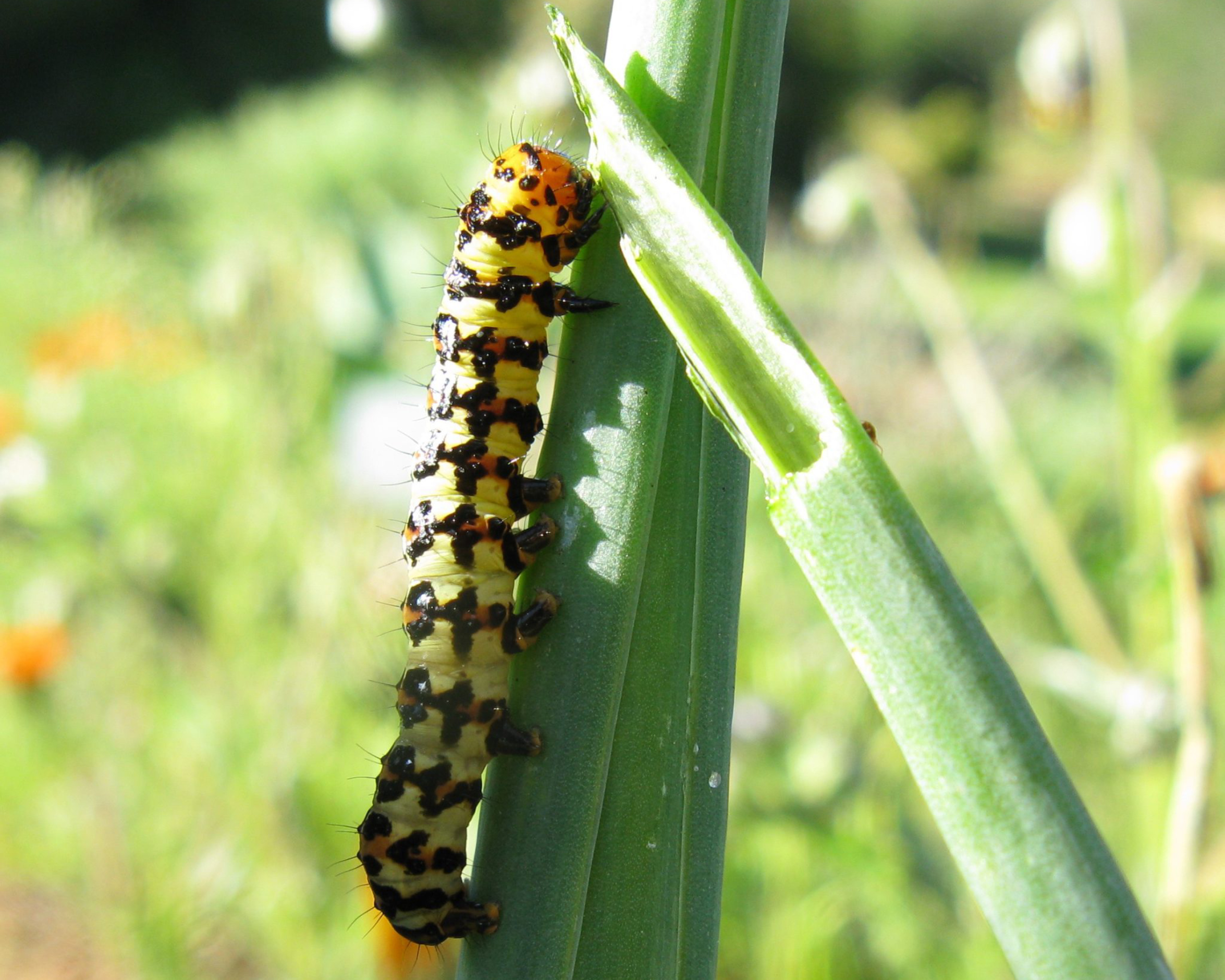
- Snails
For decades, gardeners have been waging war on snails with remedies ranging from pet ducks and egg shells to beer traps (beer-filled containers buried level with the soil) that attract snails, only to find a boozy end! Snail bait and pellets may seem like an easy remedy, but be warned: The active ingredient, Metaldehyde, is flavoured to attract snails but also attracts dogs and other pets. This ingredient is extremely poisonous to pets.
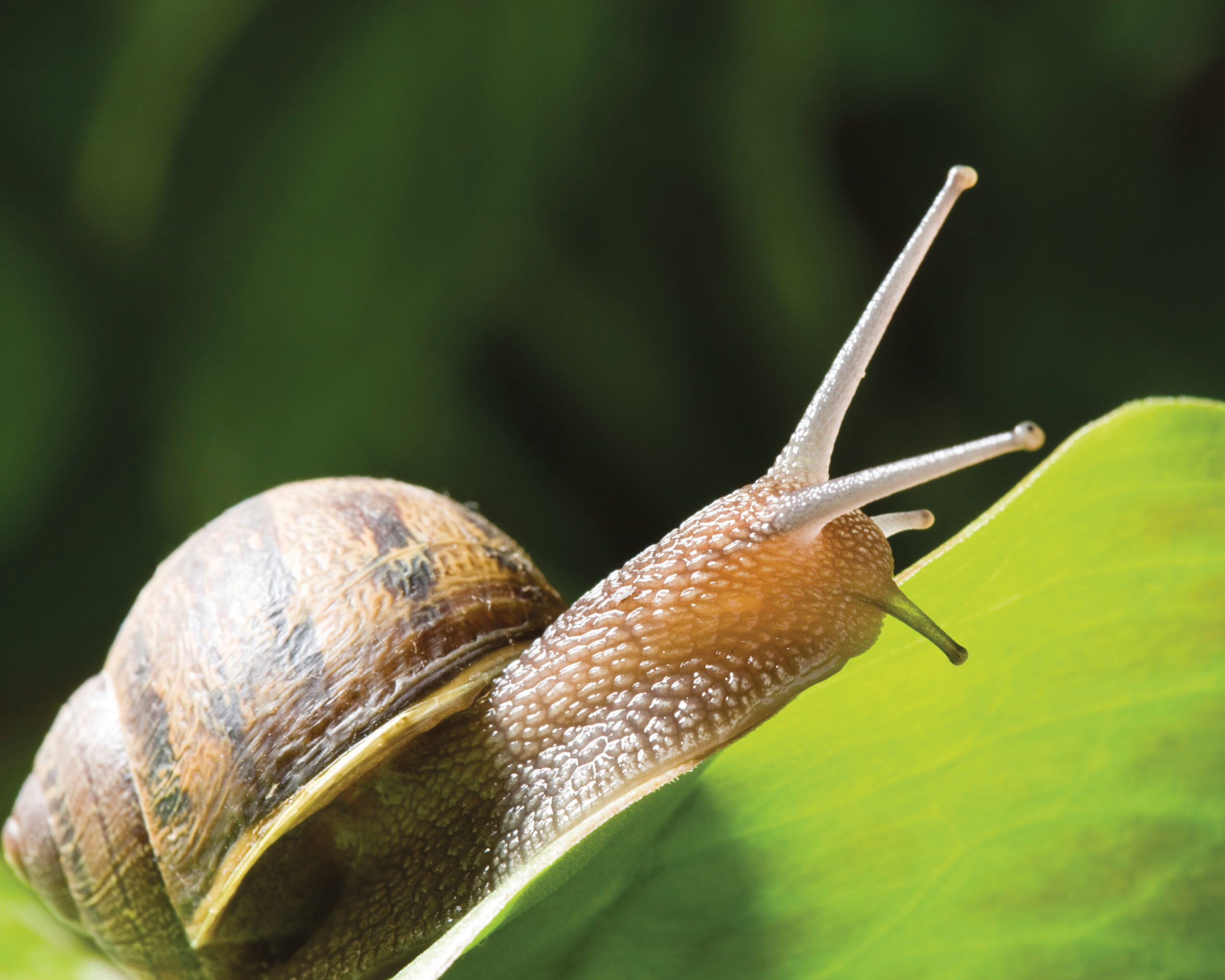
Words by Wynne Hartell
Photography: Alamy; Unsplash







